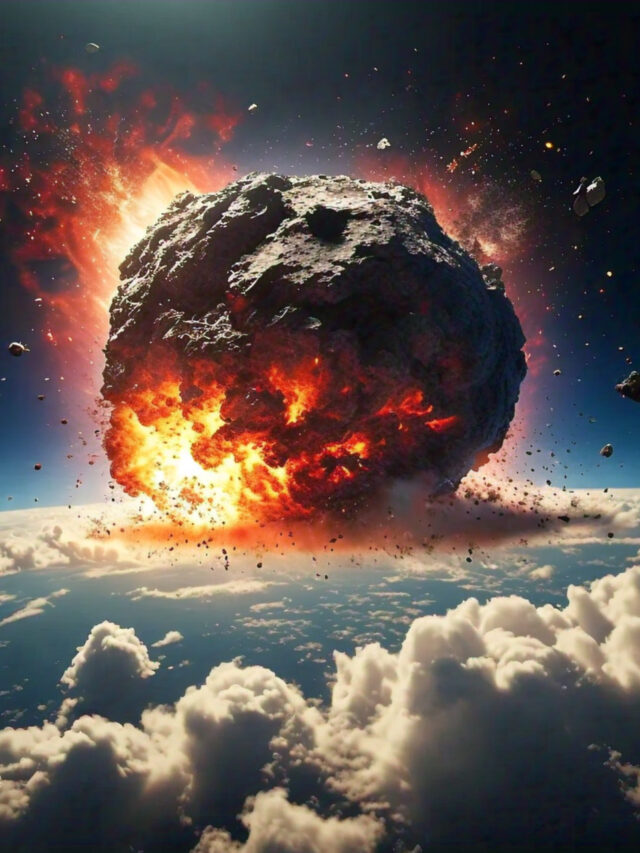
Indian folk dances are a vibrant reflection of the nation’s cultural diversity and regional traditions. This article, titled Indian Folk Dances GK MCQs With Answer & Explanation in English, provides a detailed compilation of multiple-choice questions to test and enhance your knowledge about various folk dances across India.
From Bhangra to Garba, and Ghoomar to Lavani, explore their origins, significance, and unique characteristics through these well-curated questions and explanations. Perfect for competitive exam preparation or general interest, dive into the fascinating world of Indian folk dances!
1. Raut Nacha is a folk dance performed mainly by the tribal communities of which state?
- Rajasthan
- Jammu & Kashmir
- Assam
- Chhattisgarh
Show Answer
Answer: Chhattisgarh
Raut Nacha is a ceremonial dance deeply rooted in the tribal communities of Chhattisgarh, a state in central India. It holds great significance and is performed during the “dev udhni ekadashi” festival, which occurs after Diwali. This dance is closely associated with sacred mythological and religious traditions. The performers enact stories and religious themes through rhythmic movements, music, and colorful attire, making it a captivating expression of Chhattisgarh’s cultural heritage.
2. Ghumura is an ancient folk dance that originated in which of the following states?
- Odisha
- Madhya Pradesh
- Rajasthan
- Karnataka
Show Answer
Answer: Odisha
Ghumura is an ancient folk dance originating from the state of Odisha, located in eastern India. Its origins are traced back to ancient mythological texts and were initially used as a war dance of the Gods and Demons. Over time, Ghumura transformed into a significant part of Odisha’s performing arts and entertainment. This dance form involves dynamic drumming and synchronized movements, making it a visually appealing and rhythmic expression of Odisha’s cultural traditions.
3. Which of the following is not a classical dance of India?
- Kathak
- Sattriya
- Manipuri
- Bhangra
Show Answer
Answer: Bhangra
Bhangra is a lively and energetic dance form that originated in the Punjab region of India. It is known for its energetic and spirited movements and is often accompanied by vibrant music. While Bhangra is incredibly popular and an essential part of Punjabi culture, it is not categorized as a classical dance form. The Sangeet Natak Akademi recognizes eight classical dances, including Bharatnatyam, Kathak, Kuchipudi, Odissi, Kathakali, Sattriya, Manipuri, and Mohiniyattam.
4. Which of the following is not present in the UNESCO list of Intangible Cultural Heritage of India?
- Kalbelia
- Yoga
- Ramlila
- Maach
Show Answer
Answer: Maach
Maach is a form of folk theater that hails from the Malwa region of Madhya Pradesh. While it is a culturally significant performance art form, it is not currently listed as part of the UNESCO Intangible Cultural Heritage. Maach typically combines song, dance, and dramatic elements to convey traditional stories and themes, often with historical and moral significance.
5. Dappu Dance is a famous dance form of which among the following states?
- West Bengal
- Assam
- Gujarat
- Andhra Pradesh
Show Answer
Answer: Andhra Pradesh
Dappu Dance is a tribal dance form indigenous to the state of Andhra Pradesh. This dance is performed by tribal communities and prominently features the use of a tambourine-like drum called Dappu. The rhythmic beats of the Dappu and the accompanying movements make it an essential cultural expression of the region.
6. Husari and Bihunas are two main forms of dancing of which among the following states?
- Assam
- Bihar
- Orissa
- West Bengal
Show Answer
Answer: Assam
Assam has a rich tradition of dance forms, and Husari and Bihu are two main forms that hold cultural significance. Husari is associated with carol singing, while Bihu comprises a collection of songs and dances, which follow the primary Husari singing. These forms are an integral part of Assam’s cultural heritage and are performed during various festivals and occasions.
7. Kargam is a folk dance of which state?
- Kerala
- Tamil Nadu
- Karnataka
- Andhra Pradesh
Show Answer
Answer: Tamil Nadu
Kargam is a folk dance from the state of Tamil Nadu in southern India. It is distinguished by the unique practice of male dancers balancing a pitcher filled with water and uncooked rice on their heads while performing intricate dance movements. This dance form showcases the skill, balance, and precision of the performers.
8. Kandyan dance, which is a form of dance depicting scenes from Ramayana, is a national dance of which of the following countries?
- Thailand
- Indonesia
- Sri Lanka
- India
Show Answer
Answer: Sri Lanka
Kandyan dance is the national dance of Sri Lanka, primarily native to the Kandy region of the country’s Central hills. It encompasses various traditional dance forms unique to this region. Kandyan dance is known for its vibrant and colorful costumes, rhythmic movements, and the cultural heritage it represents in Sri Lanka.
9. Which of the following dances of Kerala was called by Jawahar Lal Nehru as “the poor man’s Kathakali”?
- Chavittunatakom
- Kolkalli
- Ottamthullal
- Kootiyattam
Show Answer
Answer: Ottamthullal
Ottamthullal is a traditional comedic dance and poetic performance form from the southern Indian state of Kerala. Often referred to as “the poor man’s Kathakali” by Jawaharlal Nehru, Ottamthullal combines humor, music, and dance to tell stories and entertain audiences. It is distinguished by its light-hearted and comical approach to conveying moral and social messages.
10. Which state of India is associated with the Folk Dance Teratali?
- Haryana
- Rajasthan
- Punjab
- Gujarat
Show Answer
Answer: Rajasthan
Teratali is a renowned folk dance associated with the state of Rajasthan in western India. It is predominantly performed by the Kamar tribe, and it involves women sitting on the ground and performing intricate footwork to traditional folk music. Teratali is a captivating visual representation of Rajasthan’s rich cultural heritage.







